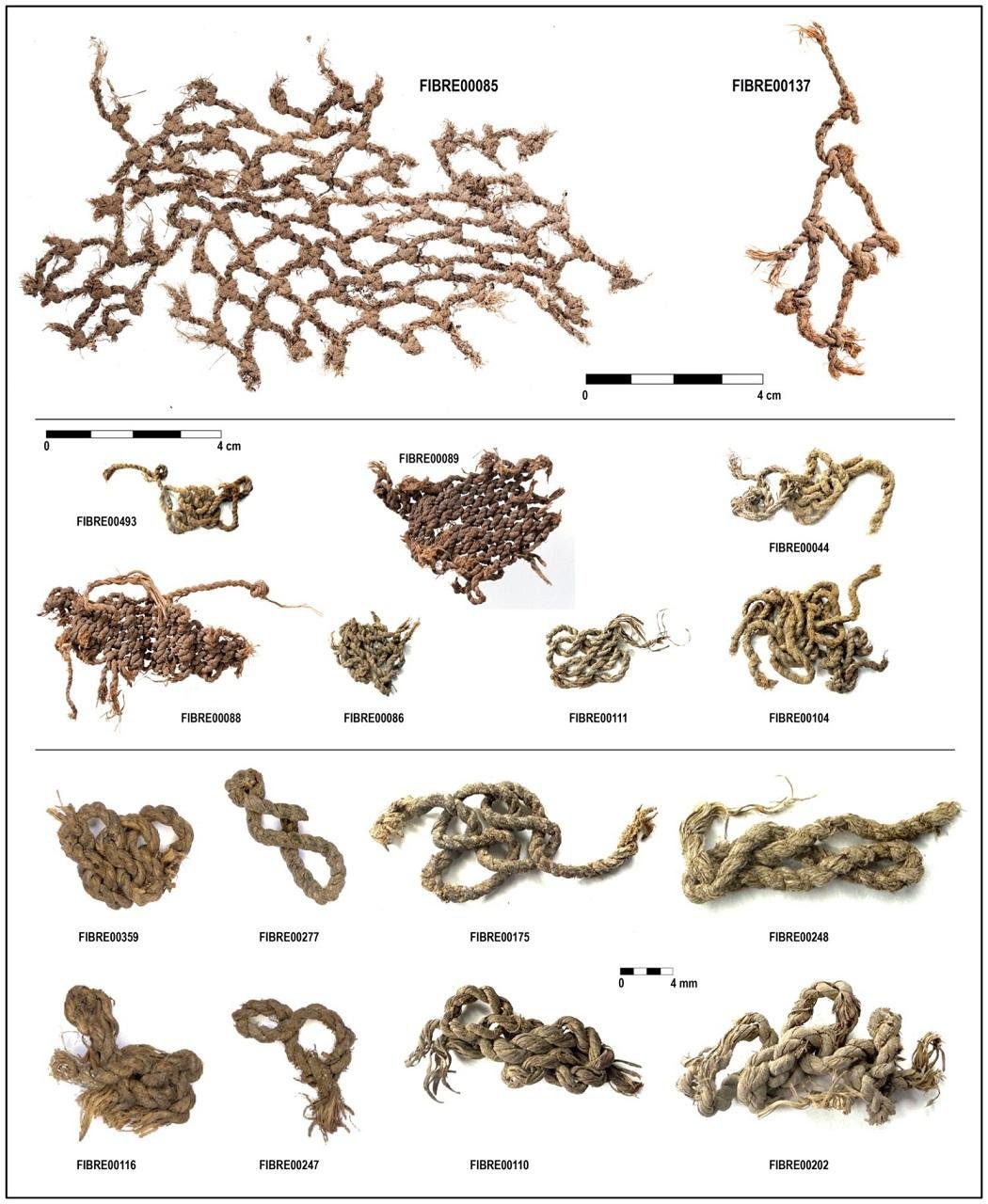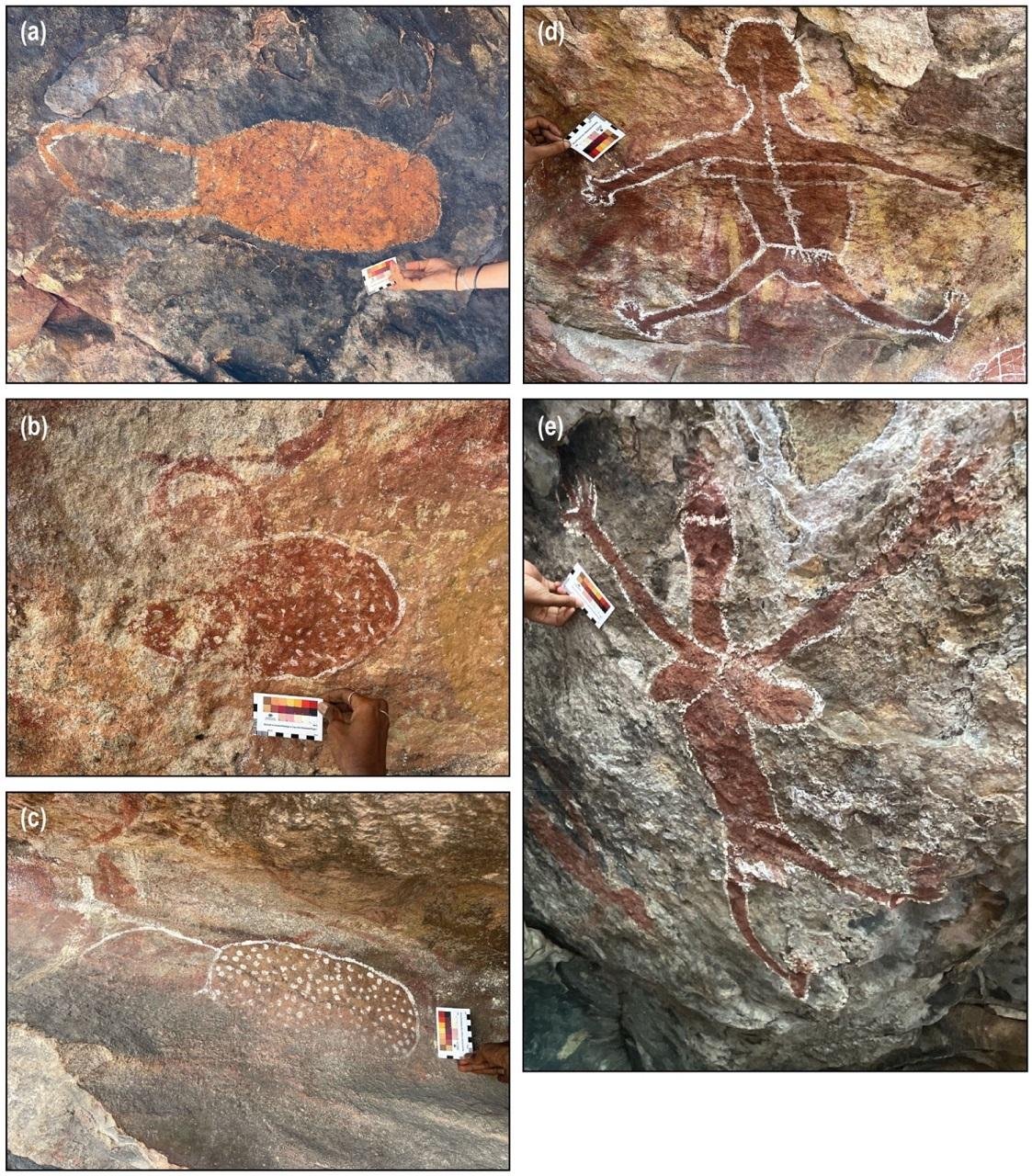High on the rugged sandstone hills of Quinkan Country in southeastern Cape York Peninsula, a small rock shelter has yielded one of the most unusual archaeological finds in Australia. Known as Windmill Way, the site preserves more than 500 fragments of ancient string and other fiber-craft objects—remarkable finds in a continent where most organic materials rarely survive the passage of time.

Windmill Way sits deep in country cared for by Kuku Warra Traditional Owners. When researchers excavated the shelter in 2022, they expected the site to offer only shallow deposits and minimal archaeological potential. Yet they found instead what turned out to be the largest collection of ancient fiber items ever discovered in Australia, spanning almost two millennia of continuous Aboriginal craft traditions.
Radiocarbon dating indicates that the oldest strings were made circa 1,700 years ago, while associated charcoal fragments suggest people visited the shelter as early as 2,100 years ago. The youngest pieces of fiber date to the late nineteenth century, just before this region was transformed by the arrival of miners, police, and pastoralists. Two European objects—a hooked wire and a strip of red cloth—hint at this turbulent contact era, after which the site seems to have been abandoned.
Most of the fragments come from the final stages of string production or from finished items that once played a central role in everyday life. The majority of the pieces clearly belonged to dilly bags, the woven carry bags used by men, women, and children to store their tools, food, and personal belongings. Others appear to be remains of nets, possibly used for fishing along the nearby Laura River or for capturing birds, as suggested by feathers caught in the mesh. Rarer pieces may represent parts of tassel string belts worn during ceremonies or during stages of initiation, while a few fragments resemble mourning strings traditionally worn after a death.

Microscopic examination and comparison with historical objects in the Queensland Museum showed that the string was highly consistent through time. Most examples follow a 2-ply twist, incorporating looping and knotting techniques that have remained stable across centuries. This long-term uniformity reflects a refined craft tradition passed carefully from generation to generation, with new plant materials added only selectively.
In this case, the exceptional preservation of Windmill Way is surprising because the shelter’s geology normally offers little protection for organic artifacts. Yet here, environmental factors aligned in just the right way, leaving behind a rare record of plant-based technologies that once dominated daily life but almost never survive archaeologically.
Paintings on the shelter walls reflect the artifacts that were found below them. Images in vivid Quinkan style depict dilly bags, ceremonial belts, and other fiber items, which hint at the strong cultural continuity of this craft. Together, these images and artifacts reveal a community that maintained sophisticated fiber-working techniques for at least 1,700 years.
Researchers continue analyzing the plant species, resins, and other materials from the site. Windmill Way remains a powerful reminder of how much may be learned from even the most modest-looking of places.
























Comments 0